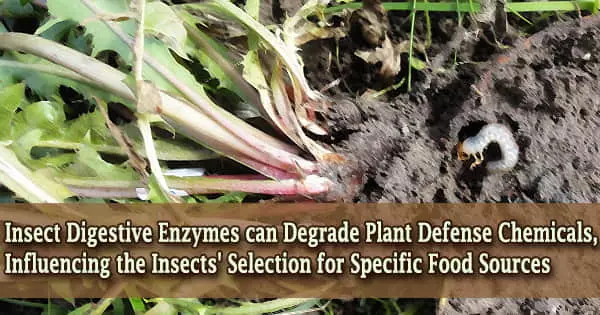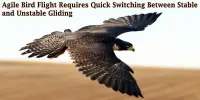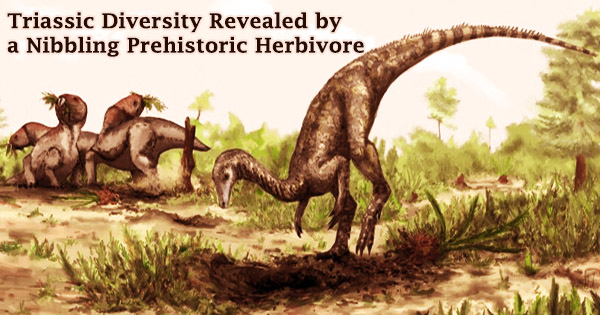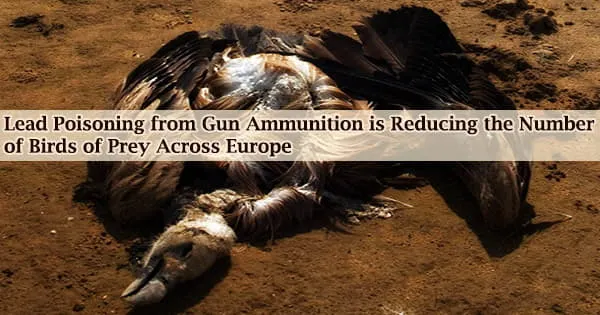Plants aren’t completely helpless against their herbivore foes. Chemical defenses frequently render plants inedible, if not poisonous, and as a result, insects and other hungry animals avoid them. Insects meet their nutritional needs by consuming food from the environment and digesting it properly.
Numerous studies have shown that certain inhibitors of digestive enzymes, particularly amylases and proteases, cause their activity to be suppressed and the digestion process to be disrupted. Many of these inhibitors are currently utilized in plants that are resistant or transgenic.
For the first time, a recent study has found that the digestive enzymes of insects can impact the insects’ affinity for particular food plants by degrading plant defense chemicals. The phenomena was studied in the larvae of cockchafers (Melolontha melolontha) and the plant they feed on, dandelion (Taraxacum officinale), by researchers from the University of Münster, the University of Bern (Switzerland), and the Max Planck Institute for Chemical Ecology in Jena.
Strangely enough, during digestion, some insects themselves remove the sugar component in the plant defence compound.
Dr. Meret Huber
The plant organism typically employs a chemical technique to combat its predators: it attaches a sugar component to the antigen, rendering it inactive. As a result, the chemical is unable to cause harm to the plant. The sugar component is only eliminated when someone nibbles on the plant. As a result, the molecule becomes poisonous or acts as a deterrent to the attacker.
“Strangely enough, during digestion, some insects themselves remove the sugar component in the plant defence compound,” says biologist Dr. Meret Huber from Münster University. “It is not yet known precisely,” she adds, “what consequences this has for the insects, and especially for their behavior.”
Taraxinic acid β-D-glucopyranosyl ester (TA-G), which dandelions collect in unusually high amounts in their roots, is an example of a sugar-based defense molecule. TA-G is a key defense component in dandelions, preventing cockchafer larvae from devouring them.
Dr. Meret Huber and Prof. Matthais Erb (University of Bern) lead a team that discovered that the pH in the cockchafer’s stomach inhibits the function of dandelion enzymes that would otherwise remove the sugar from TA-G. Instead, the cockchafer larva eliminates the sugar by itself, with the help of a gut enzyme known as beta-glucosidases (sugar-splitting enzymes).
The researchers demonstrated that the insect glucosidase boosts larval development on dandelion plants carrying TA-G by employing biotechnological approaches to simultaneously alter TA-G synthesis and the presence of the insect enzyme. At the same time, the dissociation of the sugar from the TA-G causes TA-G-containing dandelion plants to be rejected.
“This means that, for the first time, we were able to demonstrate that the metabolization of plants’ defense substances by the digestive enzymes of insects changes the choice of food plant,” says Meret Huber. “This conclusion is significant because the choice of host plant has a significant impact on the dispersion of herbivore insects and, as a result, on the damage they produce.”
One of the unresolved problems is why sugar separation stimulates cockchafer larva development while simultaneously discouraging the larva. This shunning behavior on the larva’s part may aid in the larva’s discovery of the plant’s side roots, which have a lower TA-G concentration but a greater nutritional content than the main roots.
The researchers employed a variety of chemical analysis and biotechnology technologies in their investigation. They also conducted so-called bio-essays to investigate the impact of TA-G on the larvae’s choice of a food plant.
The findings are meant to aid in our knowledge of the relationships between plants and their customers. Future research in many systems may lead to the development of medications or insecticides that are triggered only when particular circumstances specific to species or ecosystems are present.















